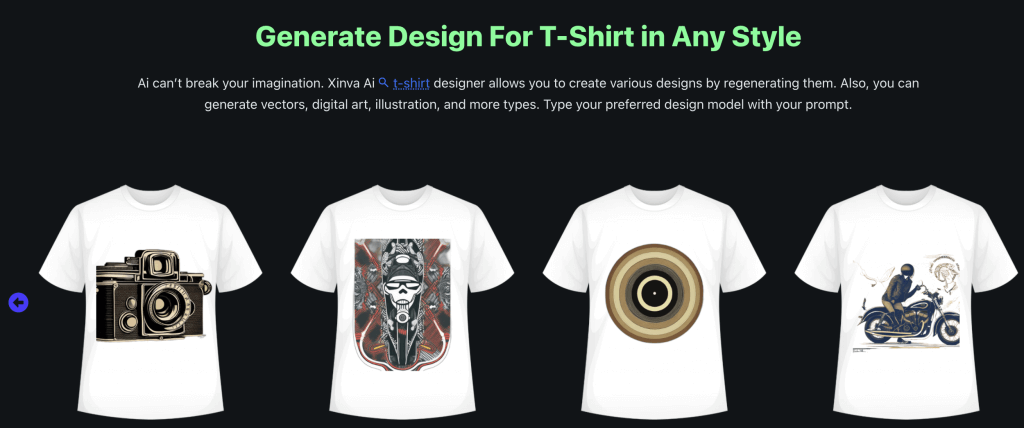Launching Your T-Shirt Business: A Step-by-Step Guide to Success
In today’s entrepreneurial landscape, starting a T-shirt business can be an exciting and lucrative endeavor. With the right strategy, creativity, and determination, you can turn your passion for design into a thriving business. Whether you’re a budding entrepreneur or a seasoned creative looking to delve into the world of apparel, this comprehensive guide will walk you through the essential steps to kickstart your T-shirt business.
Step 1: Define Your Niche and Target Audience
Before diving into the business, it’s crucial to define your niche and target audience. Consider what sets your T-shirts apart from the competition. Are you focusing on eco-friendly materials, unique designs, or a specific theme? Understanding your niche will help you tailor your marketing efforts and resonate with your target customers.
Step 2: Conduct Market Research
Market research is key to understanding your industry landscape, identifying trends, and assessing demand. Explore existing T-shirt businesses, analyze their offerings, pricing strategies, and customer feedback. Identify gaps in the market that your business can fill and validate your ideas through surveys or focus groups.
Step 3: Create Compelling Designs
The heart of your T-shirt business lies in your designs. Whether you’re a skilled graphic designer or collaborating with artists, prioritize creativity and originality. Experiment with different styles, colors, and motifs that align with your brand identity and resonate with your target audience. Invest in quality design software and tools to bring your vision to life.
Xinva.ai has a purpose-built design tool to help entrepreneurs design unique and high quality images.

Step 4: Choose Your Printing Method
Selecting the right printing method is crucial to the quality and scalability of your T-shirt business. Common options include screen printing, heat transfer, direct-to-garment (DTG) printing, and sublimation. Each method has its pros and cons in terms of cost, complexity, and output quality. Consider factors such as volume, design intricacy, and budget before making a decision.
Step 5: Source High-Quality Materials
The quality of your T-shirts speaks volumes about your brand. Invest in premium fabrics that are comfortable, durable, and ethically sourced. Research reputable suppliers or manufacturers that offer a wide range of options to suit your designs and customer preferences. Consider factors such as fabric composition, weight, and sustainability to differentiate your products in the market.
Step 6: Set Up Your Online Store
In today’s digital age, an online presence is essential for reaching a wider audience and driving sales. Choose a reliable e-commerce platform such as Shopify, WooCommerce, or Etsy to set up your online store. Customize your store design, upload high-quality product images, and optimize your product descriptions for search engines. Implement secure payment gateways and intuitive navigation to enhance the shopping experience for your customers.
Step 7: Develop a Marketing Strategy
Effective marketing is essential for attracting customers and generating sales. Leverage social media platforms such as Instagram, Facebook, and Pinterest to showcase your designs, engage with your audience, and build a community around your brand. Collaborate with influencers, run targeted ads, and participate in relevant events or pop-up markets to increase brand visibility. Don’t forget to optimize your website for search engines (SEO) to drive organic traffic and improve your online presence.
Step 8: Launch and Iterate
Once everything is in place, it’s time to launch your T-shirt business and start selling! Monitor your sales, gather feedback from customers, and iterate on your designs, marketing strategies, and product offerings based on insights and trends. Stay agile and adaptive to changes in the market, and continually refine your business to stay competitive and meet the evolving needs of your customers.
Conclusion
Starting a T-shirt business requires careful planning, creativity, and perseverance. By following these steps and staying true to your vision, you can turn your passion for design into a successful and profitable venture. Remember to stay flexible, adapt to feedback, and never stop innovating as you embark on your entrepreneurial journey in the world of apparel.

Hey are using WordPress for your site platform? I’m new to the blog world
but I’m trying to get started and set up my own. Do you need any html coding knowledge to make your own blog?
Any help would be really appreciated!
FFrraawwlleerrggoo